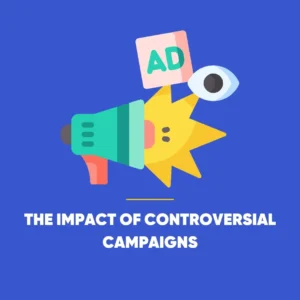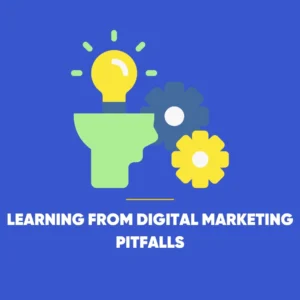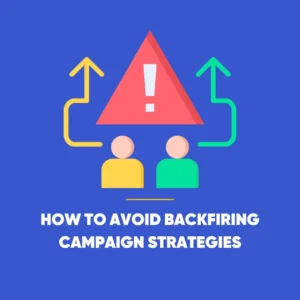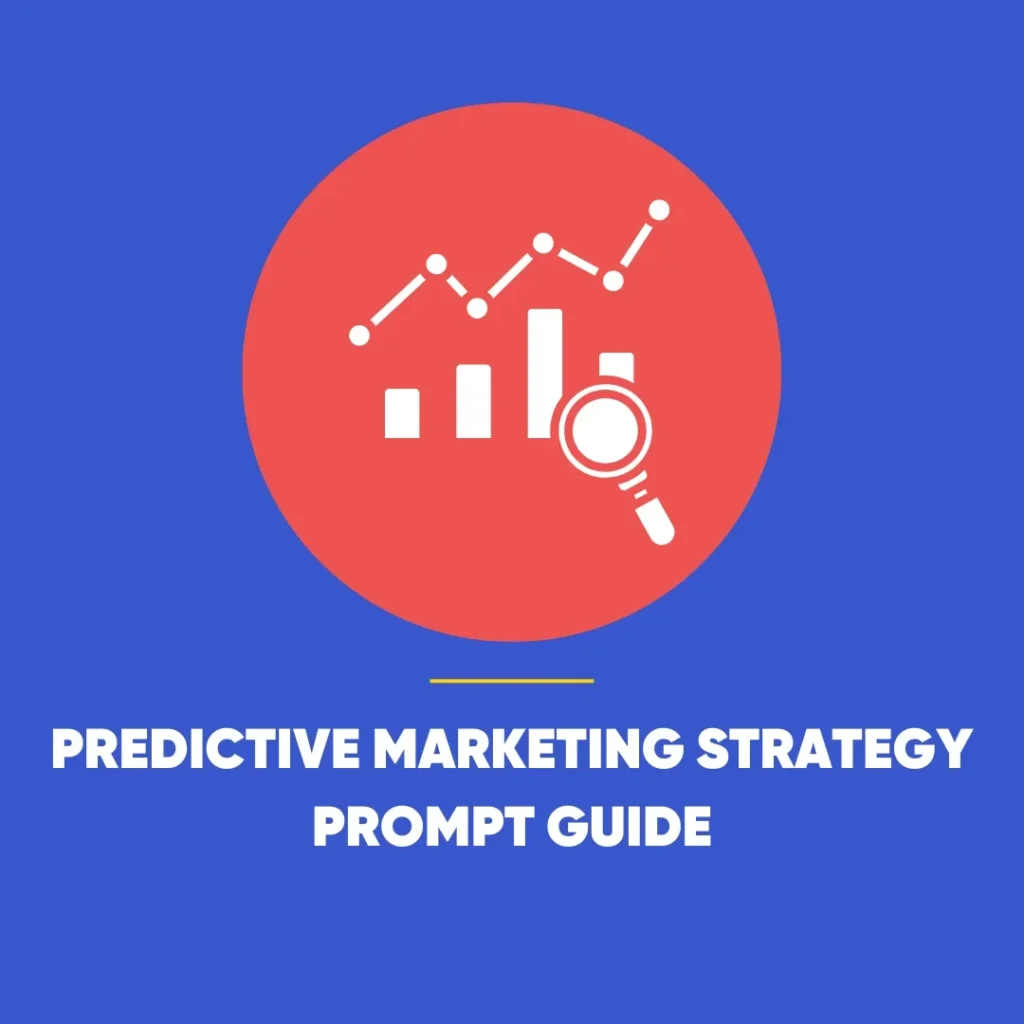Digital Marketing Pitfalls to Avoid Now
Digital marketing pitfalls arise when businesses fail to connect with consumers, offering transparency, shared values, and engaging content. A poorly executed marketing campaign can severely harm your brand’s reputation. On the other hand, the right approach – combining data-driven decisions, inspiring content, innovation, and strategic social messaging – can greatly enhance your brand’s image and boost your growth.
Yet, for every marketing success, there are just as many cautionary tales of campaigns gone wrong. To help ensure your digital marketing efforts are successful, here are five notable examples of campaigns that got it disastrously wrong – and the lessons to learn from them.
1. Lunya’s Poor Judgement: A Lesson in Controversy – Digital Marketing Pitfalls
 Lingerie brand Lunya made headlines for all the wrong reasons with a controversial marketing campaign that attempted to ride the coattails of The Handmaid’s Tale. The brand named its latest red underwear piece “Offred,” after the protagonist of the dystopian drama, and used the tagline “join the resistance.”
Lingerie brand Lunya made headlines for all the wrong reasons with a controversial marketing campaign that attempted to ride the coattails of The Handmaid’s Tale. The brand named its latest red underwear piece “Offred,” after the protagonist of the dystopian drama, and used the tagline “join the resistance.”
While the intention aimed to attract attention, the execution failed to deliver. The link between lingerie and a show about the oppression of women felt tone-deaf, sparking outrage across social media. Instead of creating a viral buzz for the right reasons, Lunya faced backlash for exploiting sensitive themes for commercial gain.
Lesson
Controversy can elevate a campaign’s visibility, but it can also backfire if your brand doesn’t align with the themes you tackle. Before launching any campaign that involves sensitive topics, make sure it fits seamlessly with your product, values, and the sentiment of your audience. Always gather feedback from a diverse group of people to avoid offending potential customers.
2. Google Gemini: Misreading the Emotional Landscape – Digital Marketing Pitfalls
Google’s Gemini campaign during the Olympics should have been a powerful marketing move to showcase its AI technology. The ad, titled “Dear Sydney,” depicted a proud father using Google’s Gemini AI to help his daughter write a letter to Olympic athlete Sydney McLaughlin-Levrone. On the surface, the campaign appeared to be emotionally driven and designed to celebrate sportsmanship and family pride.
However, the campaign quickly backfired due to its portrayal of an AI replacing human sentiment. In an era when many people worry about AI replacing jobs and creativity, Google attempted to humanise technology but people perceived it as cold and “anti-human.” The company quickly pulled the ad and faced significant backlash.
Lesson
When crafting emotionally charged campaigns, make sure your messaging empowers, rather than alienates, your audience. Consumers want to feel understood and valued, not replaced. Always consider the broader societal context when tapping into emotional messaging and ensure that your campaign fosters positive engagement. Understand your target audience deeply to avoid missteps in tone.
3. Zara: A Cultural Misstep
Digital marketing pitfalls led fashion brand Zara into controversy following a 2023 campaign for its new collection. The campaign featured model Kristen McMenamy wearing a jacket that many viewers felt resembled imagery tied to the ongoing Gaza conflict. Although Zara claimed the images were shot before the situation escalated, critics widely slammed the campaign for being culturally insensitive.

Despite issuing a public apology, Zara faced calls for a boycott and significant damage to its brand image. The incident reminded everyone how vital cultural awareness is in today’s globalised world.
Lesson
Always be conscious of the wider cultural and political climate when planning a marketing campaign. While creativity is important, it should never come at the cost of cultural sensitivity. Monitor global events closely and ensure that your campaign’s visuals and messaging are appropriate for the times. A lack of awareness can alienate your audience and damage your reputation irreparably.
4. Bumble: The Dangers of Tone-Deaf Messaging
Digital marketing pitfalls were evident in Bumble’s 2024 rebranding campaign, which missed the mark and upset many people. The campaign, which featured a billboard reading “Thou shall not give up dating and become a nun,” was intended to add humour and a lighthearted tone to Bumble’s messaging. However, it came across as dismissive of people who identify as asexual or choose celibacy for personal reasons.
The backlash was swift, with many people calling the campaign insensitive and patronising. Bumble issued an apology, but the damage had already been done. The incident highlighted how brands need to be mindful of the diverse experiences of their audience.
Lesson
Humour can be an effective marketing tool, but it must be used carefully. Always ensure that your messaging is inclusive and respectful of all groups. What may seem funny to one person can be deeply offensive to another. When in doubt, err on the side of caution and avoid making light of sensitive issues. A tone-deaf campaign can alienate a large portion of your audience and hurt your brand.
5. Burger King Austria: Failing to Connect with the Audience
Digital marketing pitfalls were evident in Burger King’s 2022 Pride Month campaign, despite good intentions gone wrong. The campaign, which featured two versions of the Whopper with identical buns (two tops and two bottoms), was meant to symbolise equal love and rights. The messaging used the hashtag #TimeToBeProud in an attempt to engage with the LGBTQ+ community during Pride Month.
However, the campaign was poorly received. Many people felt that the brand was using Pride Month as a marketing tool without genuinely supporting the community. Critics argued that the campaign was lazy and failed to communicate a meaningful message about equality and inclusivity. Instead of fostering a positive connection, consumers saw Burger King’s approach as opportunistic.
Lesson
 When leveraging cultural moments like Pride Month, ensure that your brand’s message is authentic and meaningful. Simply using a well-known symbol or hashtag isn’t enough to demonstrate genuine support. Take the time to understand the values of the communities you’re engaging with, and ensure that your campaign truly resonates. Always aim to inspire and entertain, rather than appearing as though you’re trying to capitalise on a cause for commercial gain.
When leveraging cultural moments like Pride Month, ensure that your brand’s message is authentic and meaningful. Simply using a well-known symbol or hashtag isn’t enough to demonstrate genuine support. Take the time to understand the values of the communities you’re engaging with, and ensure that your campaign truly resonates. Always aim to inspire and entertain, rather than appearing as though you’re trying to capitalise on a cause for commercial gain.
Conclusion: Know Your Audience and Be Culturally Aware
Digital marketing pitfalls are common as the landscape evolves, requiring brands to be agile and sensitive to cultural shifts. The examples above illustrate the dangers of poor judgement, tone-deaf messaging, and lack of cultural awareness. Whether you’re creating emotional content or capitalising on a cultural moment, always keep your audience’s values, concerns, and sensibilities at the forefront of your campaigns.
Take the time to understand your target customer and ensure your messaging aligns with your brand values and societal trends. This will position you to create successful, engaging campaigns that resonate with your audience. Avoid these classic digital marketing mistakes, and you’ll ensure your brand stays on the right track for long-term success.









